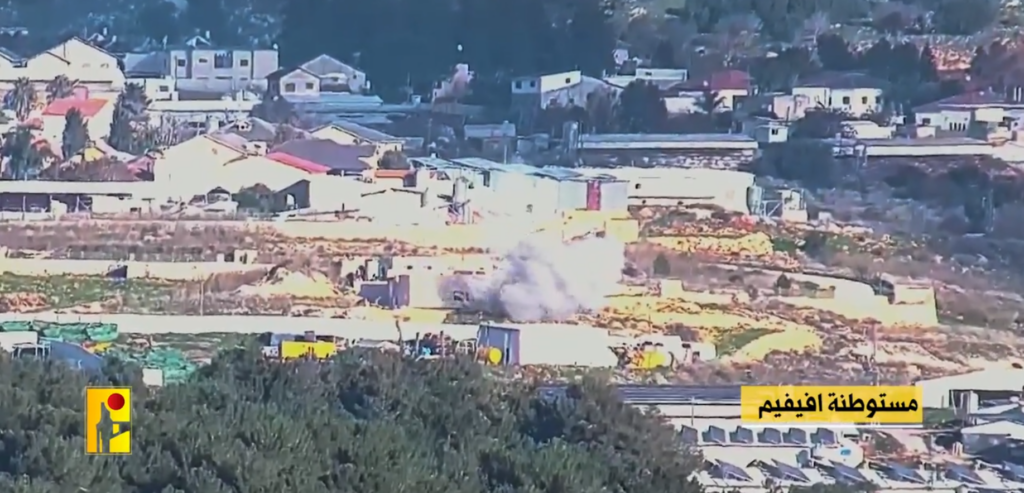After 120 days of fighting in the north, the IDF spokesman, Hagari, presented at length the IDF’s policy and achievements in the northern arena. Faced with the situation of constant missile fire of various types and at least 60,000 Israeli evacuees, he described in detail what is happening at the border in terms of the IDF military campaign.
According to the IDF spokesman, so far, 150 terrorist squads have been attacked (including to prevent their attempts to infiltrate Israel), 120 observation posts, 40 weapon depots, 40 manned headquarters, and more than 200 terrorists, most of them from Hezbollah, have been killed.
Special capabilities, such as the Hezbollah air unit, UAV flight tracks, and Hezbollah’s aerial defense missile systems, were also attacked. In addition, the IDF killed several senior commanders of Hezbollah.
In total, since the beginning of the fighting, the IDF has attacked about 3,400 terrorist targets in South Lebanon embedded within the civilian population, with very few civilian casualties since they left the area as well.
The IDF spokesman’s statement is in line with our assessment here in the Alma Center that the IDF’s proactive approach in the past few weeks was meant to “maximize” military achievement until a ceasefire is implemented and enforced.
The question is: what does “maximizing achievements” mean in a situation where in every third house in the Shiite towns of south Lebanon there is Hezbollah military infrastructure? Are these achievements enough to provide sufficient security?
At the same time, along with Israel’s prioritization of the southern front, it is clear that war in the winter is not a walk in the park.
Today and yesterday, despite the stormy weather, the shooting continued into the northern towns of Israel. Some of the rockets landed not far from where I live. Little damage was done, and many rockets were intercepted. Life here is routine in the shadow of daily war, but the concerns are heavy. What will happen if there is a ceasefire and the military achievement is not satisfactory and does not bring security to the people of the North? The American mediator, Amos Hochstein, is visiting Israel with a proposal that does not create a sense of security for anyone here based on the ineffective arrangements made at the end of the war in 2006 (UNSCR 1701).
October 7th is a national trauma. The residents of northern Israel feel that they have watched a promo for what might happen to them if the threat from Hezbollah is not dealt with. The IDF is tasked not only with providing security but also with building trust among the Israeli citizens that it is capable of defending them.
For the first time since the outbreak of the war, both the Iranian involvement in the war and the IDF’s activity against Iranian infrastructure in Syria are clearly stated by the IDF spokesperson. So, his speech was not only to the Israeli audience but also to Hezbollah to show its readiness for war and to the international community.
They have the responsibility of NEVER AGAIN allowing the conditions for a massacre to develop on the northern front. On October 6, Hezbollah was prepared, willing, and ready to carry out such a massacre. It is apparent that this ability has not been completely eliminated.






